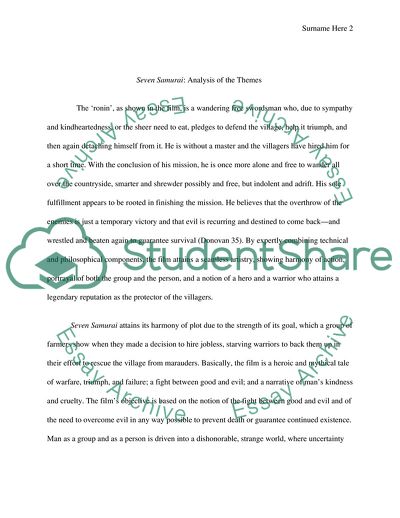Cite this document
(Seven Samurai: Warriors and Society Movie Review - 2, n.d.)
Seven Samurai: Warriors and Society Movie Review - 2. https://studentshare.org/visual-arts-film-studies/1849099-film-report
Seven Samurai: Warriors and Society Movie Review - 2. https://studentshare.org/visual-arts-film-studies/1849099-film-report
(Seven Samurai: Warriors and Society Movie Review - 2)
Seven Samurai: Warriors and Society Movie Review - 2. https://studentshare.org/visual-arts-film-studies/1849099-film-report.
Seven Samurai: Warriors and Society Movie Review - 2. https://studentshare.org/visual-arts-film-studies/1849099-film-report.
“Seven Samurai: Warriors and Society Movie Review - 2”. https://studentshare.org/visual-arts-film-studies/1849099-film-report.


